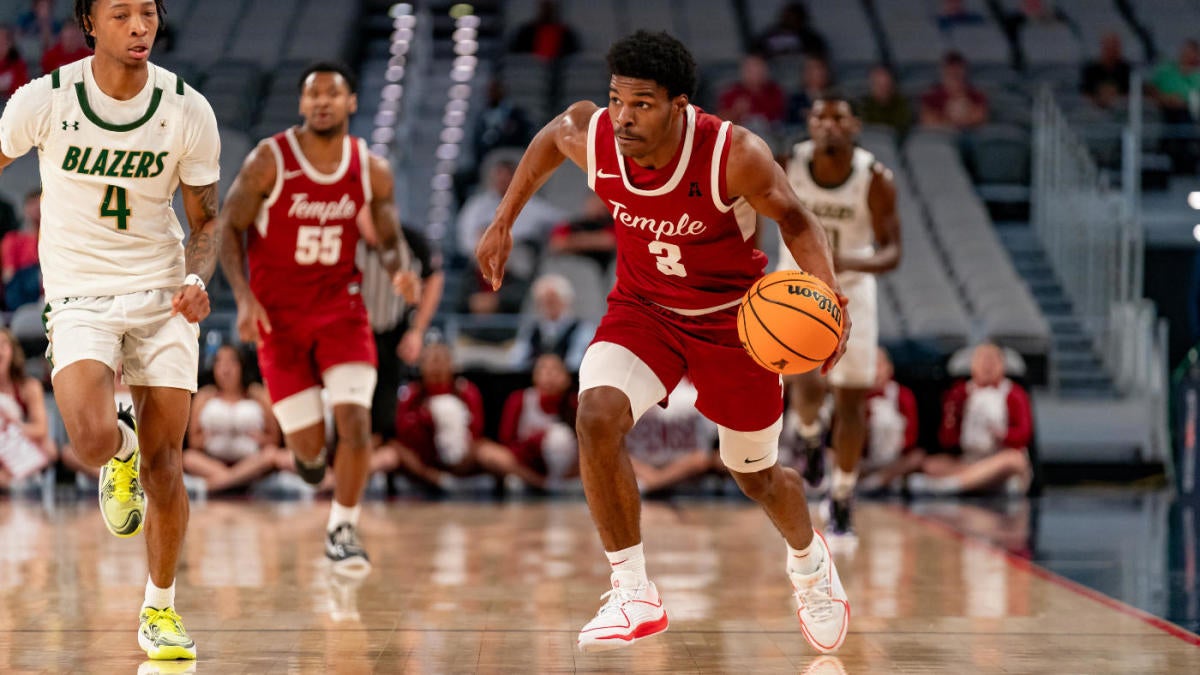Gambling
Report summarizes findings from a decade of unprecedented gambling research in Massachusetts

Researchers at the University of Massachusetts Amherst have released a comprehensive, 194-page report assessing their decade-long examination of the social and economic impacts that followed the introduction of casino gambling in Massachusetts.
UMass Amherst’s SEIGMA (Social and Economic Impacts of Gambling in Massachusetts) is believed to be the most comprehensive investigation of casino impacts ever undertaken. The report was presented Thursday to the Massachusetts Gaming Commission during a public meeting. It synthesizes the findings from 55 interim reports and academic publications.
“We wanted to do a comprehensive look back and try to understand 10 years of impacts that we’ve been monitoring, with an eye to setting the groundwork for looking at sports betting going into the future,” said lead investigator Rachel Volberg, research professor of epidemiology in the School of Public Health and Health Sciences.
The SEIGMA study was launched in 2013 two years before the first of three casinos—Plainridge Park (2015), MGM Springfield (2018) and Encore Boston Harbor (2019)—opened in the Bay State.
“The Massachusetts Gaming Commission is committed to funding research that examines the impact of casinos and gambling on Massachusetts and helps guide policy decisions we make in the commonwealth,” said MGC Interim Chair Jordan Maynard. “The research produced by the SEIGMA team is impactful and essential to the comprehensive and growing body of research supported by the MGC.”
The positive impacts Volberg and team identified were primarily economic. “We also identified a number of significant negative impacts,” she said. “And, as we anticipated, these were primarily not monetary.”
Positive direct impacts include employment opportunities and tax and other revenues:
- Construction costs for the three casinos totaled $2.8 billion, and more than 8,000 workers were employed full time.
- The casinos employ about 5,000 people and generate about $1.15 billion in annual gross gaming revenue, as well as about $321 million in annual non-gaming revenue.
- State revenue from gaming taxes has increased from $78 million in budget year 2016 to $330 million in budget year 2023. That revenue supports 12 funds, the largest of which is passed on to Massachusetts’ 351 municipalities.
“Overall, the three casinos have generated a significant amount of economic activity, both during the construction and operational phases of the casinos. Further, the facilities provided resilience during the post-COVID recovery period,” said Mark Melnik, who leads the SEIGMA economic team at the UMass Donahue Institute.
The report notes one positive social and health impact—the new recreational opportunities associated with the casinos.
The negative impacts cited in the report are both economic and social. On the economic side, approximately 75% of casino employees left other full-time jobs, resulting in a loss of workforce in other sectors. Also, only 39% of casino employees earn a living wage for their county, though this is higher than typical for the accommodations and food services sector.
The report also pointed out that between 46% and 80% of casino patrons reported spending less on other goods and services, particularly in restaurants and bars. “So [casinos] have had a negative impact for other businesses in terms of where leisure dollars are being spent,” Volberg said.
Melnik added, “Businesses in the recreation and leisure sectors of the economy always compete for the disposable income of consumers. While the Massachusetts casinos attract new consumers from outside of the state, it is not surprising to see some level of competition for both labor and customers in this industry sector.”
Negative social and health impacts include an increase in vehicle traffic volume, accidents and impaired driving near the casinos, as well a small increase in certain crimes at and near the casinos, and a “small but significant” statewide increase in illegal gambling.
One key finding from the 10 years of research is that the prevalence of problem gambling has shown no significant increase since casinos opened in Massachusetts. However, the report does reveal that the percentage of casino revenues derived from problem- and at-risk gamblers rose from 74% in 2013–14 to 90% in 2021–22.
“The biggest negative impact from our perspective is that most of the revenues generated by the casinos come from people who are at risk for or experiencing gambling problems,” Volberg said.
The research team developed recommendations based on the overall findings, including ways to reduce the reliance on 10% of the population (problem gamblers or those at risk) for 90% of the casino revenue.
Overall, casino patronage in Massachusetts appears to be declining, the researchers found, and attitudes toward gambling have grown more negative. The report further suggests that while the legislation allows for an additional casino property to be licensed, Massachusetts may have reached casino saturation.
“A much larger proportion of Massachusetts residents in more recent years believe that gambling is too widely available,” Volberg said. “So the message to the Legislature would be to slow their roll on legalizing any other type of gambling.”
More information:
Report: 2024 Social and Economic Impacts of Casino Introduction to Massachusetts
Provided by
University of Massachusetts Amherst
Citation:
Report summarizes findings from a decade of unprecedented gambling research in Massachusetts (2024, October 25)
retrieved 25 October 2024
from https://phys.org/news/2024-10-decade-unprecedented-gambling-massachusetts.html
This document is subject to copyright. Apart from any fair dealing for the purpose of private study or research, no
part may be reproduced without the written permission. The content is provided for information purposes only.









